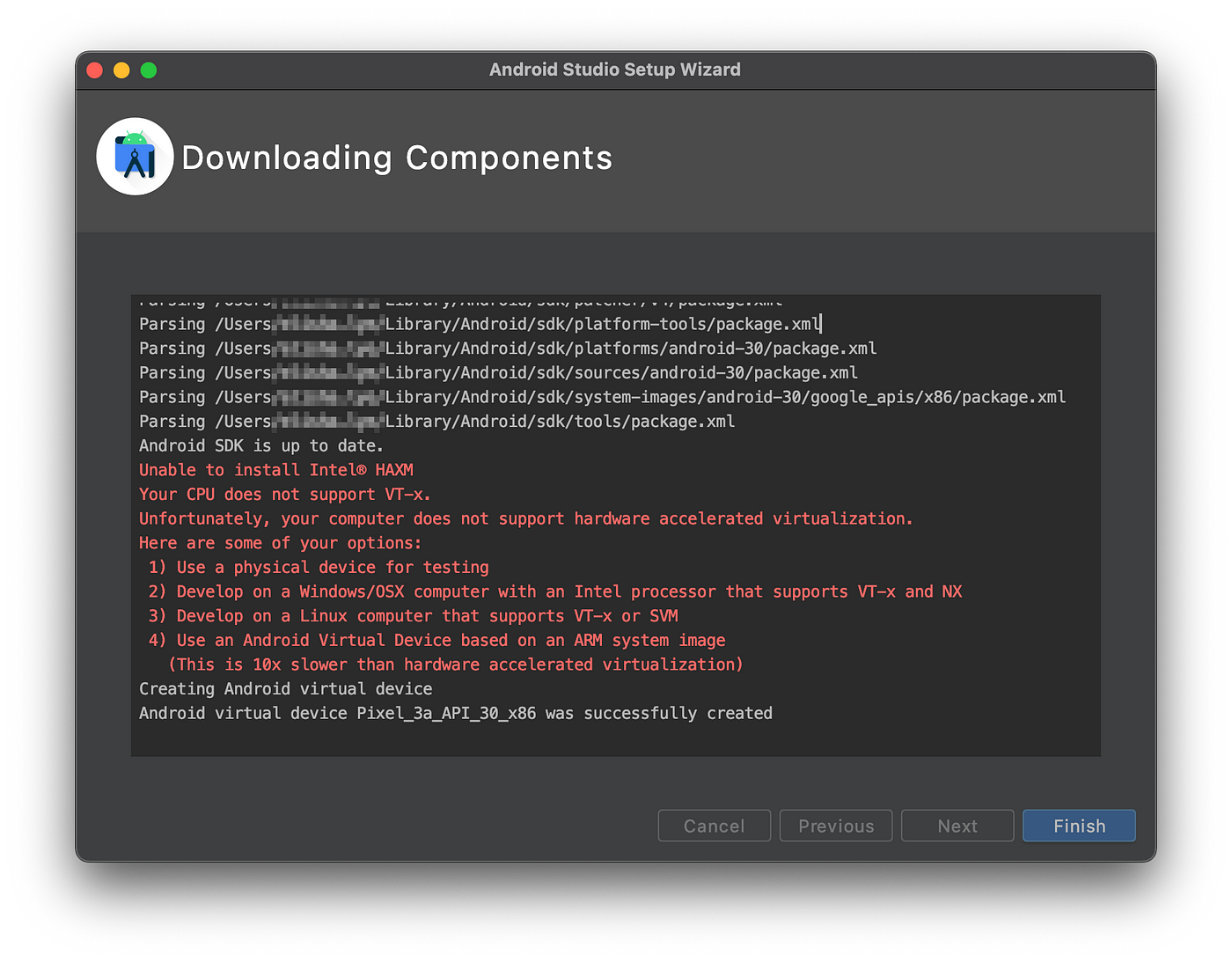- Best android emulators for Windows 10/7/8/Mac PC/Laptop Free Download: Now a days picking a perfect best/top free android emulator for windows 10 is a.
- Blast from the past, Mac gaming 1988-style. Rate my set up lol. I’m pleasantly surprised it runs as well as it does. MacBook Air m1 8gb 256gb. The Sims 4 running at maxed settings on the M1 MacBook Air. Only heats up a little bit but still maintains a smooth FPS.
Why the M1 Chip Is a Problem For Windows Software. Apple’s M1 chip is the first Apple Silicon chip used in Macs. This is a custom ARM chip that has more in common with the chips built into iPhones and iPads than the Intel CPUs found in existing Macs. Dec 02, 2020 As this may not be so obvious, we separated the apps for Macs with M1 chip that you can use without emulation and on the first day. To learn more, just check out our suggestions below. Read too: 7 best Android emulators for Mac in 2020. Trend of installing Android apps and games on Mac is also growing each day. Keeping in view that, we have compiled a list of best Android emulators for Mac.
This is the second post that I dedicate to talk about configurations using the new M1 Apple processor. As I said in the previous post, these configurations are workarounds until stable versions are released, however, for me, they have been useful and I guess that someone in the same situation as me can benefit from that.
Using Android studio in the new Macbook Air
When you install Android Studio you will get the following warning:
Unable to install Intel® HAXM
Your CPU does not support VT-x.

Android Gaming Emulator For Mac
Unfortunately, your computer does not support hardware-accelerated virtualization.
Here are some of your options:

1 - Use a physical device for testing
2 - Develop on a Windows/OSX computer with an Intel processor that supports VT-x and NX
Android Studio Apple M1 Emulator
3 - Develop on a Linux computer that supports VT-x or SVM
4 - Use an Android Virtual Device based on an ARM system image
(This is 10x slower than hardware-accelerated virtualization)
Creating Android virtual device
Apple M1 Android Studio

Android virtual device Pixel_3a_API_30_x86 was successfully created
And also in the Android virtual device (AVD) screen you will read the following warning:
If you want to learn more regarding virtualization in processors you can read the following Wikipedia article, the thing is that our M1 processor doesn’t support VT-x, however, we have options to run an Android Virtual Device.
As the previous message was telling us, we have 4 options. The easiest way to proceed is to use a physical device, but what if you haven’t one available at the moment you are developing?
From now on, we will go with the option of using an Android virtual device based on an ARM system image as options 2 and 3 are not possible to execute.
Using the virtual emulator
The only thing that you have to do is to download the last available emulator for Apple silicon processors from Github https://github.com/741g/android-emulator-m1-preview/releases/tag/0.2
Once you have downloaded you have to right-click to the .dmg file and click open to skip the developer verification.
After installing the virtual emulator, we have to open it from the Applications menu.
After opening it you will see Virtual emulator in Android Studio available to deploy your Android application. Make sure to have Project tools available in Android Studio (View -> Tool Windows -> Project)
After pressing the launch button you will get your Android application running in your ARM virtual emulator :-)
Conclusion
In this post, we have seen that is possible to install Android Studio in Macbook Air M1 and use a virtual device even that your M1 doesn’t support VT-x. You can learn more about this emulator in the following references: